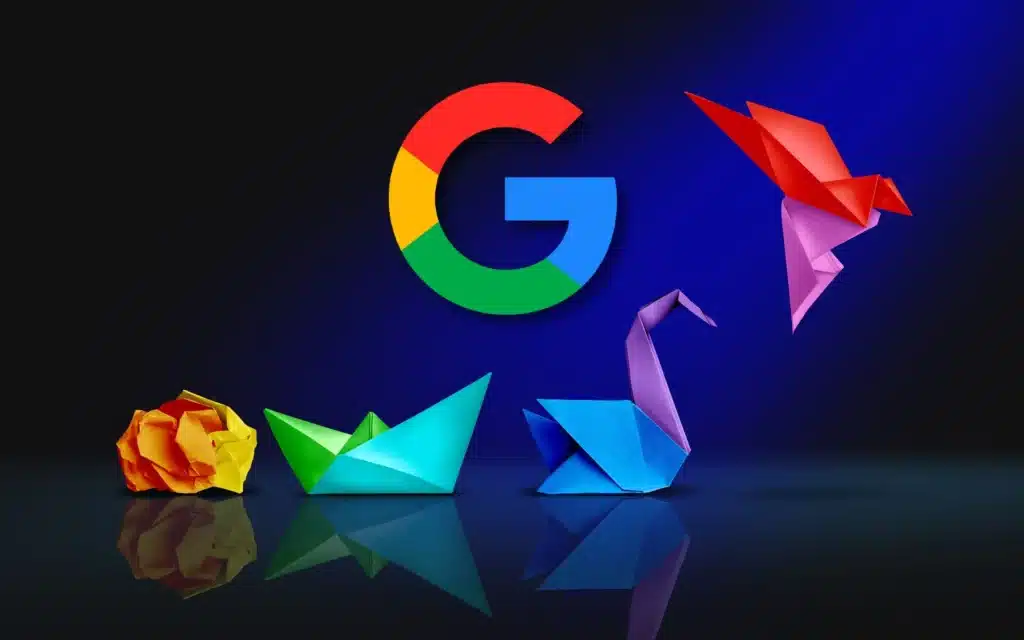As Google I/O 2023 unfolds, it’s clear that the tech giant is doubling down on AI. While Bard, the user-facing chatbot, may be getting some attention, the keynote revealed a much broader vision for AI in Google’s products. This includes generative AI tools based on the latest language model that will soon be integrated into various products such as Gmail and Search. Google emphasized that their AI approach is responsible and secure, with the goal of making AI helpful for all users.
Bard’s debut may have been rocky due to an impromptu demo following Microsoft’s surprise ChatGPT integration, but Google has now revealed that the chatbot is operating on an updated PaLM 2 language model. During the Google I/O event, the company showcased a range of impressive demos featuring Bard. Unlike the initial demo that was plagued by mistakes, Bard can now generate code, add comments, and export code to Colab or Replit. In addition, Bard will soon support third-party tools like Adobe Firefly for image generation.
Google’s latest PaLM 2 language model isn’t just limited to powering Bard. The tool is set to revolutionize AI features across various products and services, with up to 25 different use cases. The PaLM 2 comes in different sizes, including the “Gecko,” which runs on local smartphones, putting the dedicated AI cores in modern-day phones to work. Google also noted that PaLM 2 could specialize in certain areas to improve its capabilities further. For instance, the Sec-PaLM model is better at identifying malware, while the Med-PaLM model has similar analytical capabilities as human doctors, making it useful in medical data analysis.
Google is expanding its use of generative AI tools beyond Bard to include all of its popular products, and Google Photos is among the first to receive these updates. Magic Eraser has been a go-to tool for removing unwanted objects from photos since 2021, but now Google is introducing the more powerful Magic Editor that can erase more complex objects, rearrange subjects in the frame, and even alter background elements.
In addition to Photos, these generative AI tools will be available in products like Gmail and Docs, where they can help suggest improvements to documents or draft email replies. These features, known as “Duet AI for Workspace,” will launch in preview soon and become more widely available in the coming weeks.
During its I/O conference, Google unveiled a groundbreaking update to its search product, the Search Generative Experience (SGE). While still in its experimental phase, SGE will offer a new way to present search results by providing possible answers to a user’s query at the top of the page. This new user interface will be designed with a large text block, links, and images. Users can also interact with SGE in a conversational way, making it feel more like a chatbot. This is a significant shift for Google’s search product, representing the most substantial change in years.
During the Google I/O 2023 keynote, the company emphasized the importance of trust and safety in relation to AI. To prevent the misuse of AI, several of its products will include guardrails, which will prevent the unauthorized use of AI tools. For example, Google’s universal AI translator, which can make it look and sound like someone is speaking a different language, will only be licensed to trusted partners who are unlikely to use it to create deepfakes. In addition, Google plans to add watermarks to AI-generated images to identify them as such, even if they have undergone “modest” image editing.

